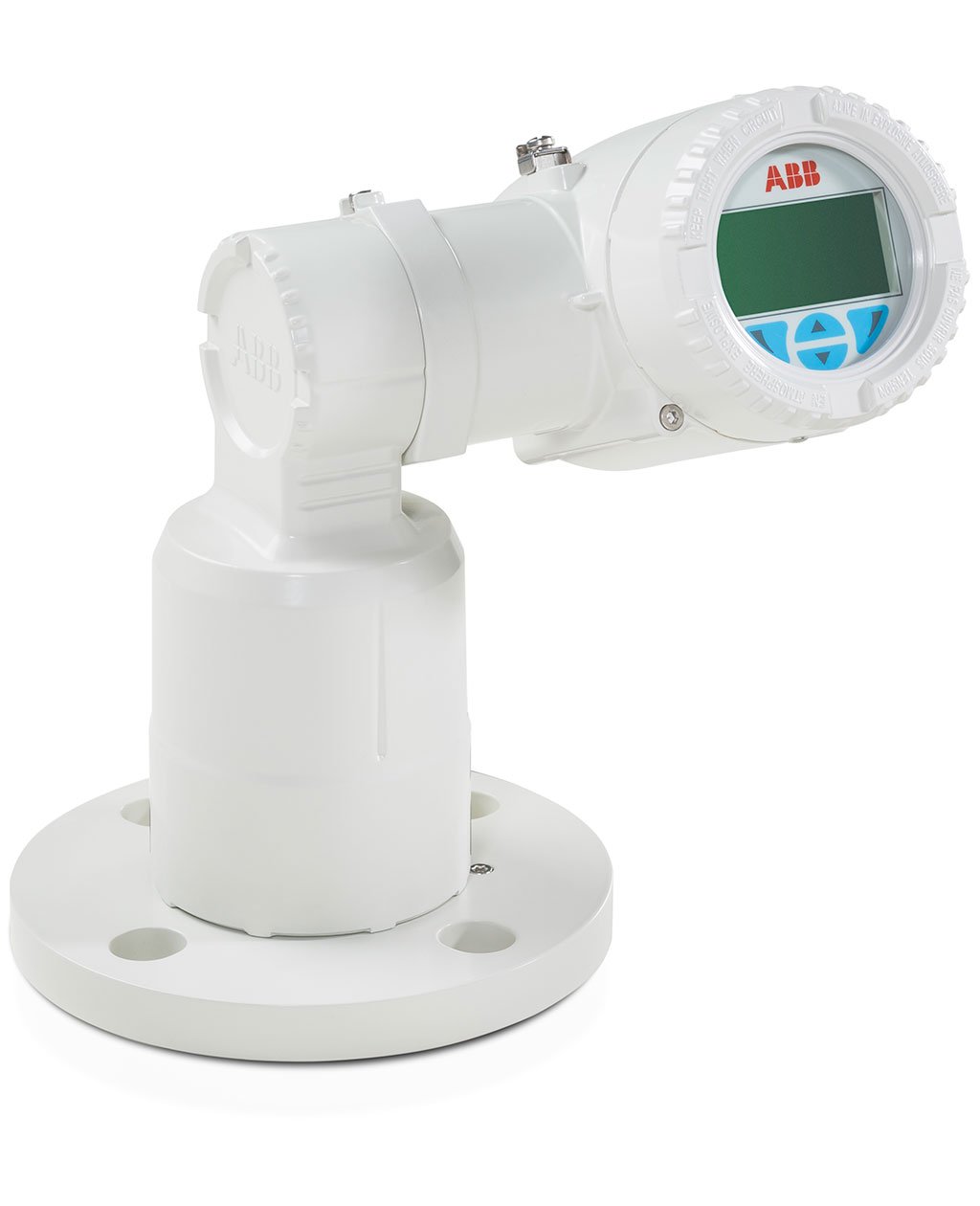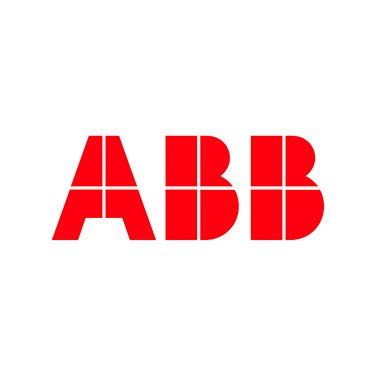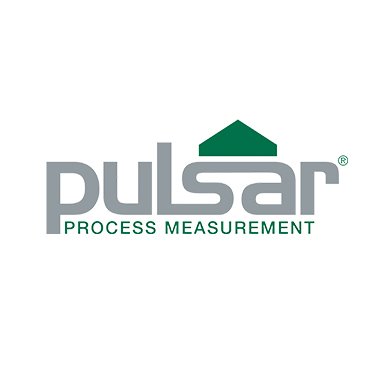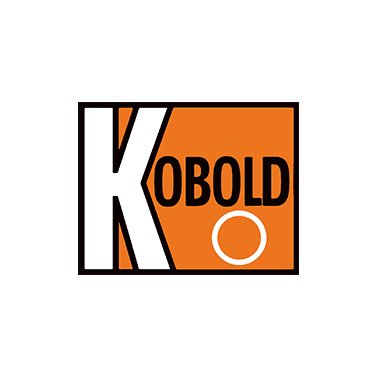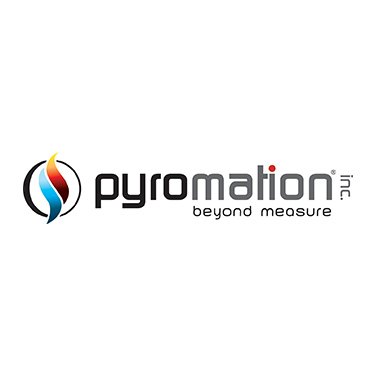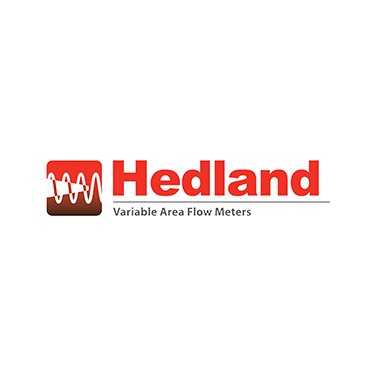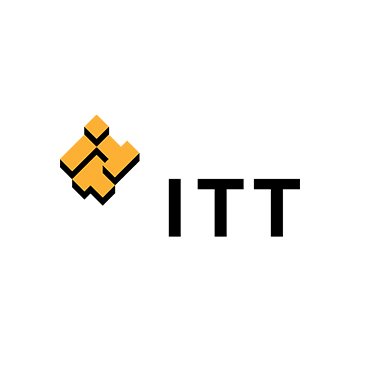Take precise control of process with the best selection of process instrumentation and control solutions in the Midwest. Flow and pressure measurement, temperature, humidity, pH; whatever you need to measure we have the instruments to do it.
Durkin’s team has been specializing in process instrumentation for since 1958. Our experts can help you select, install, and integrate the right process instrumentation for your application. We a proud to distribute top brands, primarily: ABB process instrumentation, Dynasonics, KOBOLD and more.
Explore our full instrumentation catalog below, or contact Durkin (314) 432-2040 for more information.
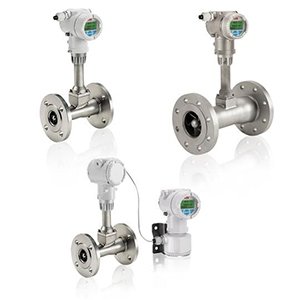
ABB level LLT100 Aluminium Casting
Overview
Accessories
Dust tube – Avoids dirt or splashing liquids on the window Cooling tube – Increases max. process temperature to 280°C/535°F Heated window – Prevents condensation on window (requires 4 wire power) Integral Through-the-Glass user interface – Configuration directly on the unit Rotating bracket – Ideal for aiming the LLT100 laser beam Swivel flange – Provides precise aiming of the LLT100 laser beam. Especially useful in liquid applications Laser pointer tool – Used to provide a visual reference when aligning LLT100Process flanges
Universal flange (aluminum or stainless steel) – Flange bolt pattern fits both 2 in. ASME150 and DN50 PN 16 – Maximum pressure: 2 bar (29 psi) – Hazarous area class 1 / division 1 (zone 1) High pressure – 2 in. class 150 flange – 2 in. class 300 flange – DN50 PN16 flange – DN50 PN40 flange – Hazardous area class 1 / division 1 (zone 1) – Can be used to form a barrier to zone 0 Hygienic interface – 4 in. triclover clampData
Measurement
- Range 0.5 to 30 m (2 to 100 ft) for liquids 0.5 to 100 m (2 to 330 ft) for solids 0.5 m to 200 m (2 ft to 660 ft) for positioning applications with reflective target
- Resolution 5 mm (0.2 in)
- Typical accuracy ±11 mm (0.4 in)
- Measuring beam Laser wave length: 905 nm, eye safe, Class 1
- Laser beam divergence < 0.35°
- Environmental conditions
- Operating temperature –40° to +60°C (–40 to +140°F), up to 280°C (535°F) with cooling tube
- Storage temperature –40 to +85°C (-40 to +185°F)
- Survival temperature –40°C to +80°C (–40°F to +175°F)
- Process pressure – Base model: –1 to +2 bar (29 psi) – Hygienic model: –1 to +1 bar (15 psi) – Pressure-rated model: –1 to +49.6 bar (719 psi), depending on flange
Output
- Analog 4 to 20 mA, NAMUR compliant
- Digital HART 7 (multi-variable output)
- Communication Local HMI, EDD/DTM, handheld
Power supply
- Powered from the loop 4 to 20 mA, 16 to 42 V DC
- Heated lens option 24 V DC (3W)
Mechanical
- Enclosure material Powder coated aluminum (standard), 316L stainless steel (option)
- Dimensions – Universal - flat flange W 247 x H 215 x D 165 mm (9.7 x 8.5 x 6.5 in.) – Class 150 - raised flange W 240 x H 242 x D 154 mm (9.5 x 9.5 x 6.1 in.) – Class 300 - raised flange W 247 x H 242 x D 165 mm (9.7 x 9.5 x 6.5 in.) – DIN PN 16 - raised flange W 247 x H 242 x D 165 mm (9.7 in x 9.5 x 6.5 in.) – DIN PN 40 - raised flange W 247 x H 242 mm x D 165 (9.7 x 9.5 x 6.5 in.) – Hygienic flange W 223 x H 215 x D 137 mm (8.8 x 8.5 x 5.4 in.)
- Weight of standard model – Aluminum enclosure with universal aluminum flange: 3.7 kg (8.2 lb) – 316L SST enclosure with universal stainless steel flange: 8.6 kg (19.0 lb)
- Weight of pressure rated model – Aluminum enclosure: 6.7 to 7.2 kg (14.8 to 15.9 lb), depending on flange – 316L SST enclosure: 10.0 to 10.5 kg (22.1 to 23.2 lb), depending on flange
- Weight of hygienic model – Aluminum enclosure: 5.8 kg (12.8 lb) – 316L SST enclosure: 9.1 kg (20.1 lb)
- Protection class IP66 / IP67/ Nema 4 (SS version 4X)
- Process fitting – Flange (ASME 2”, DN50) – Hygienic fitting / tri-clamp 4 in. (ISO2852)
- Wetted parts – Aluminum, cemented borosilicate window (base model) – 316L SST, cemented borosilicate window (base model, hygienic model) – 316L SST, fused borosilicate window (high pressure models)
Operation
- Display – Integrated 128x64 pixels LCD display with TTG (Through-The-Glass) interface
- Software features – Volume computation, damping, filtering, thresholds/alarms, user-defined display(with HMI)
- Approvals CE, ATEX, IECEx, FM, 3A
Product Inquiry Form
How do I determine which instruments I need and their cost?
This depends on what you are needing to control or measure, your operating environment, your specific process flow, and many other factors. Durkin’s process specialists can help you determine the specific process instruments (down to the part number) that suit your application, budget, and expected life-span the best. Call (314) 432-2040 or contact us.
What is process instrumentation?
Process Instrumentation are sensors and instruments used to measure and control process variables including levels, flow, pressure, temperature, pH, and humidity.
In-field instruments, such as flowmeters or temperature sensors, are close to the process or measurement point, or may even have process liquids flowing through them. Panel instruments not usually where the process is happening, but are rather located ina controlled room or with the line controls.
Common types of process instrumentation include: flow meters, rotometers, level sensors, temperature sensors, recorders (to record process data), actuators, valves, gas analyzers, positioners, and actuators.
What symbols are used for process instruments?
Depending on the program, plant standards, and engineering firm that did the drawings, symbols for process instrumentation can vary. You should have been supplied with a lead or legend sheet that defines the symbols for the particular set of drawings you are looking at. However, there are a common set of generally agreed upon symbols, examples of which you can reference here.
Robert Cook at AiCHe has put out an excellent blog post on interpreting and using instrumentation symbols. If that doesn’t help, contact Durkin and one of our team members can help you solve the mystery: (314) 432-2040
Do you only supply the brands listed?
We carry a wide-range of process instrumentation and solutions. You can see our full supplier list here, but we may be able to source brands or point you the right distributor for other brands. More importantly, we can help you determine the appropriate instrumentation and controls solutions needed to solve your process issues. Talk to one of our experts today: (314) 432-2040 or fill out a contact form.

